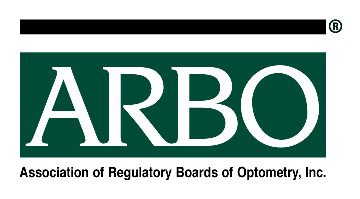We have noted in previous articles that “Advocacy serves to protect the profession of optometry and that regulatory serves to protect the public.” This statement has recently come under criticism, so we’d like to expand on this. Fundamentally, the statement, “Advocacy organizations protect the profession, and Regulatory organizations protect the public” is correct, and with a broad brush helps to clarify the duties and responsibilities of the different professional organizations. This is not to put advocacy or regulatory in a good or bad light. Organizations have different missions and stakeholders – which is completely appropriate. Promotion of the profession and protection of the public are necessary.
Advocacy vs. Regulatory: The Difference
Organizations do serve different purposes. The confusion (whether purposely or naively) occurs in the details of our missions. From an advocacy standpoint, if the profession is well-equipped, well-educated, and solidly established in the healthcare community as a primary care provider, patients will in-fact be better served. However, ensuring that the profession is well established and has an important, necessary and ongoing place in the healthcare arena is the primary mission of any advocacy organization. One can rightly argue that the health and well-being of the patient is a direct benefit of a strong and healthy profession. However, that is not the primary goal of professional advocacy. The primary goal of professional advocacy organizations is (and should be) the health and well-being of the profession. The health of the patient is a side effect benefit. To tie the two together and say advocacy’s mission is the same as a regulator’s (or the patient’s) mission is inaccurate and can be seen as disingenuous. On the flip side, the regulatory side could just as easily claim that we are responsible for a strong and viable profession by ensuring the good health and well-being of the patient. This would be equally misleading. You can’t ride on the coattails of a tangential result and take credit as your primary mission. Politicians do this all the time. It doesn’t mean it’s right.
Let’s look at technology. Computers today are nowhere near as fast as the human brain. However, in 10-15 years, computers will be faster and we are already starting to see the impact. Computer imaging is expanding exponentially, and computer interpretation/diagnosis already in its infancy will grow rapidly. Computers may become better diagnosticians than doctors. Can a computer diagnosis be more accurate and timelier that a human diagnosis? Won’t that be better for the patients? What happens to the provider? Will the advocacy organizations ignore the providers they’ve represented and depend on for their survival, or will they embrace a timelier and more accurate diagnosis? i.e., what’s best for the patient.
A strong profession is better for the patient, and a healthier patient as a result of professional care is better for the profession becomes a circular argument. Our professional organizations need to pick a lane and stick to what they do best as defined by their primary mission. A profession’s advocacy organization advocates for that profession. That’s their job; it doesn’t make them sinister or at odds with everyone else. Quite the contrary, they are an important part of a successful profession, but understanding that there are many important parts to a successful profession is essential for the profession looking to the future.
Our professional organizations need to recognize and understand the differences in our missions rather than try to spin it to try and be all things to all people. Homemade saviors will usually come off as either disingenuous or naive and become a hindrance to a forward moving profession.
